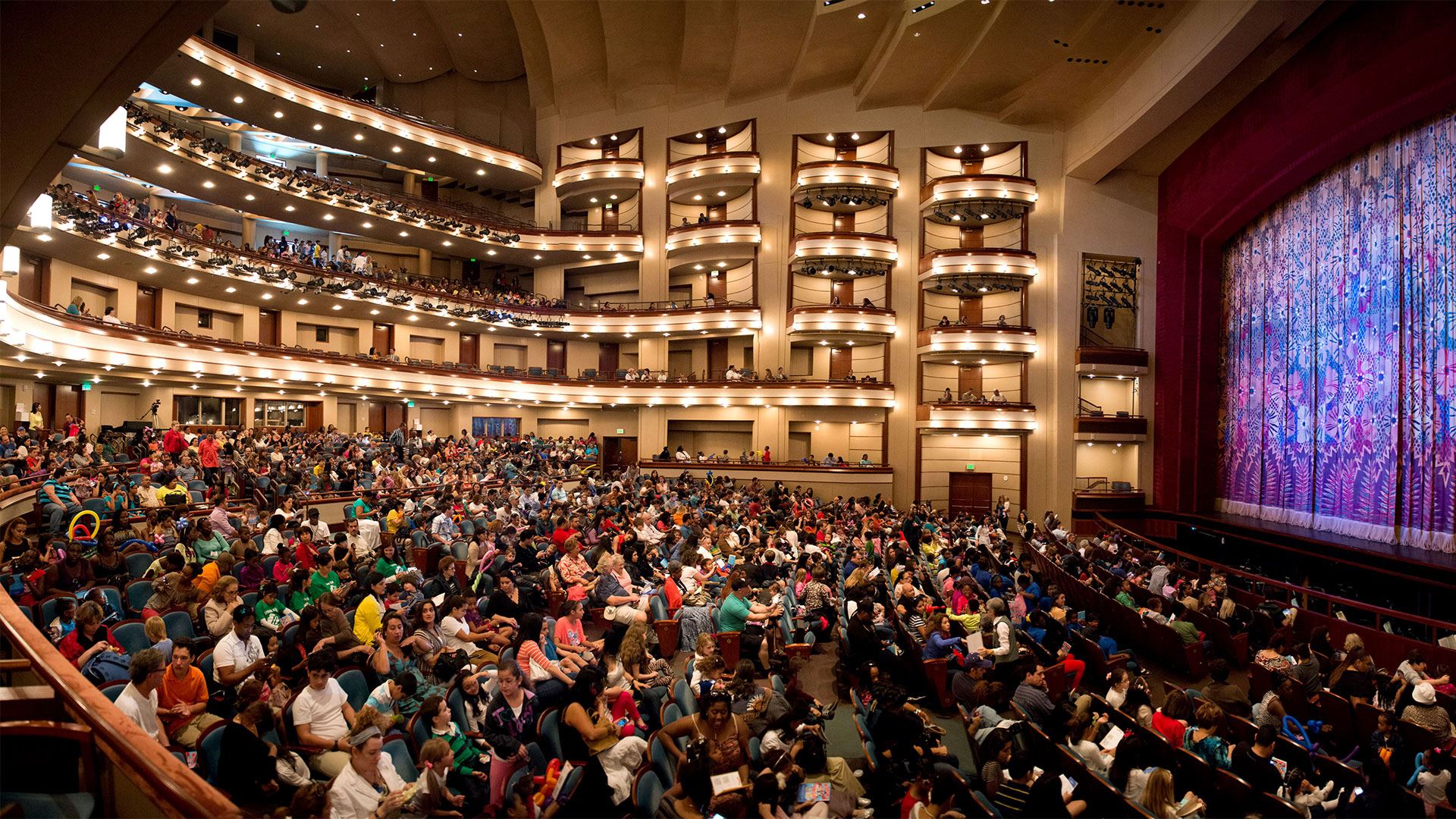
“In 1999 I wanted to be a part of the cultural advancement of Miami – in music, dance and education, and I knew the performing arts center would play a significant role. So I stepped forward to name the Ziff Ballet Opera House. I knew Miami was ready to become a world-class city and a conduit for South America and Europe; I knew the center would have world-class performers like Lincoln Center and the Kennedy Center. I visualized Miami blossoming into a great international cultural center. As a result, businesses from all over the world would come to Miami as they look to cities of culture for their clients and employees. I knew the center would be the shining star for Miami and the rest of the world. That’s why I stepped forward so many years ago – to invest in the community I love and to help propel it into the future.”
- Dr. Sanford L. Ziff
The Ziff Ballet Opera House, with entrances directly from N.E. 13th Street and through the Thomson Plaza for the Arts from Biscayne Boulevard, seats 2,400, distributed among an Orchestra level and four Tiers.
Programming
The finest dance, opera, musicals and nontraditional theatrical productions come to Miami from around the world to play at the Ziff Ballet Opera House. The venue is home to two Arsht Center Signature Series: Knight Masterworks Dance Series and Broadway in Miami, the latter co-presented with Broadway Across America. The Ziff Ballet Opera House is also the Miami home of the Florida Grand Opera and Miami City Ballet, both resident companies of the Arsht Center.
Design and Acoustics
The Ziff Ballet Opera House is designed by Pelli Clarke Pelli Architects in partnership with Artec Consultants Inc., a global leader in the design and planning of innovative performing arts facilities, and Tony-winning lighting designer Jules Fisher and his partner, the theater designer Joshua Dachs of Fisher Dachs Associates.
The proscenium theater, with its state-of-the-art technical system and the second-largest performing arts stage in the United States (after the Metropolitan Opera stage), is designed to serve the needs of the most complex of productions, ranging from Broadway musicals, aerial spectacles and new circus productions to opera, ballet and dance. Modeled on the classic opera houses of Europe, the theater features balconies and boxes that wrap like a horseshoe around three sides of the room, right up to the edge of the stage, creating a compact house where everyone feels close to the stage despite its seating capacity. The overhead round golden acoustics dome with tiny diamond-like lights — which has become the signature image of the Ziff Ballet Opera House — along with the stepped boxes and balconies reinforce a pleasing rounded shape. The seating layout has been designed with great care to ensure every seat has an unobstructed view of the stage.
To accommodate the hall’s many uses, the room is equipped with adjustable acoustic curtains and banners.
Visual Arts
José Bedia, a Cuban-American artist based in Miami, was commissioned by Miami-Dade County Art in Public Places to create site-specific works for the hall. His etched-glass lobby balcony railings depict tropical sights and sounds, musical instruments, exotic birds and sea creatures. His design for the terrazzo floors of the lobby features vast images of outstretched hands at once applauding and reaching out across Biscayne Boulevard to the Knight Concert Hall.
For the Ziff Ballet Opera House proscenium, Robert Rahway Zakanitch, also a Miami-Dade County Art in Public Spaces artist, has created an extravagant curtain recalling those of the early 20th century movie palaces, inspired by Miami’s flora of hibiscus and tropical palms.
Throughout the Knight Concert Hall’s public halls and spaces more than 20 pieces from Lincoln Center’s famed List Art Collection are hung for viewing by performance patrons and tour visitors.



